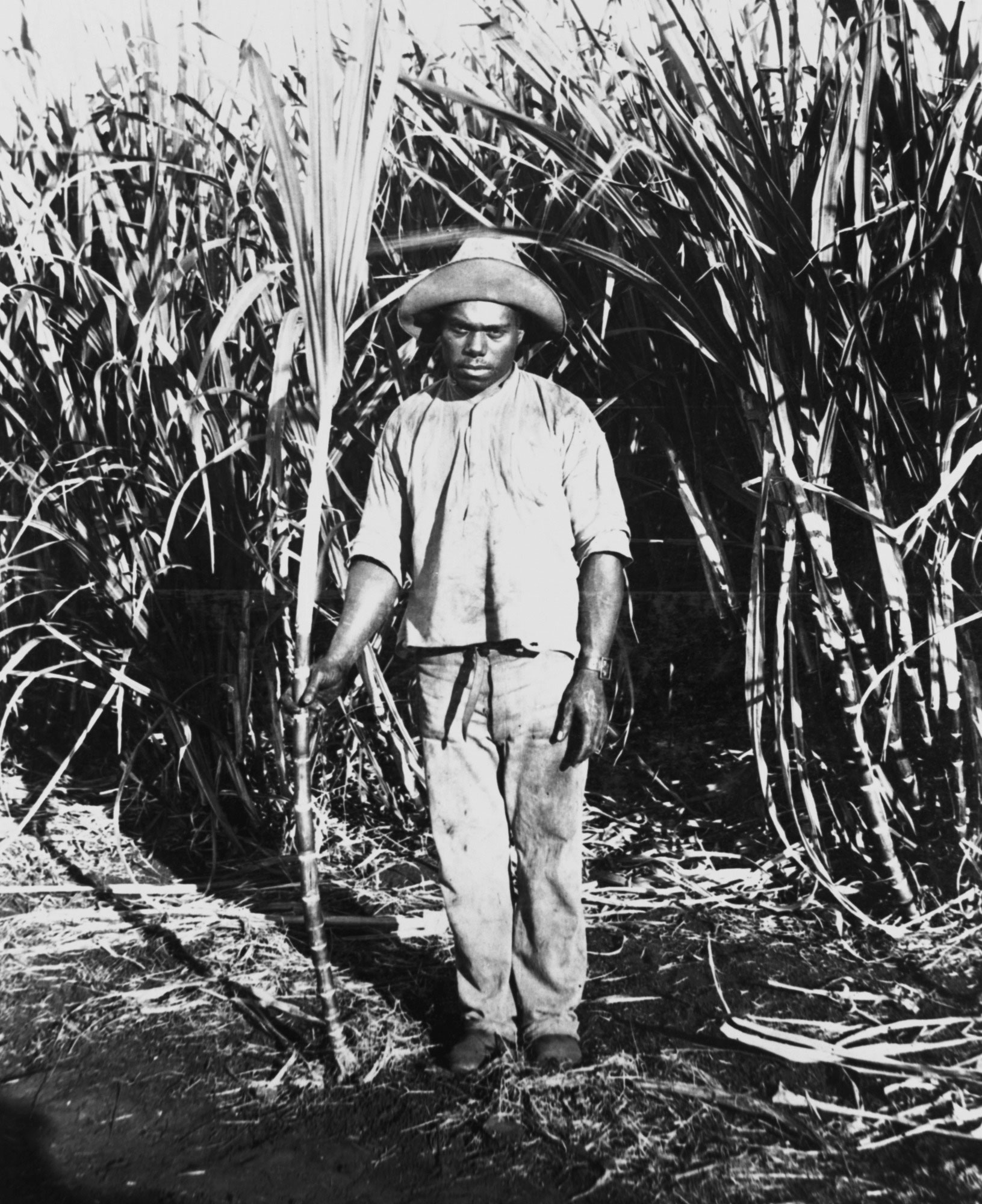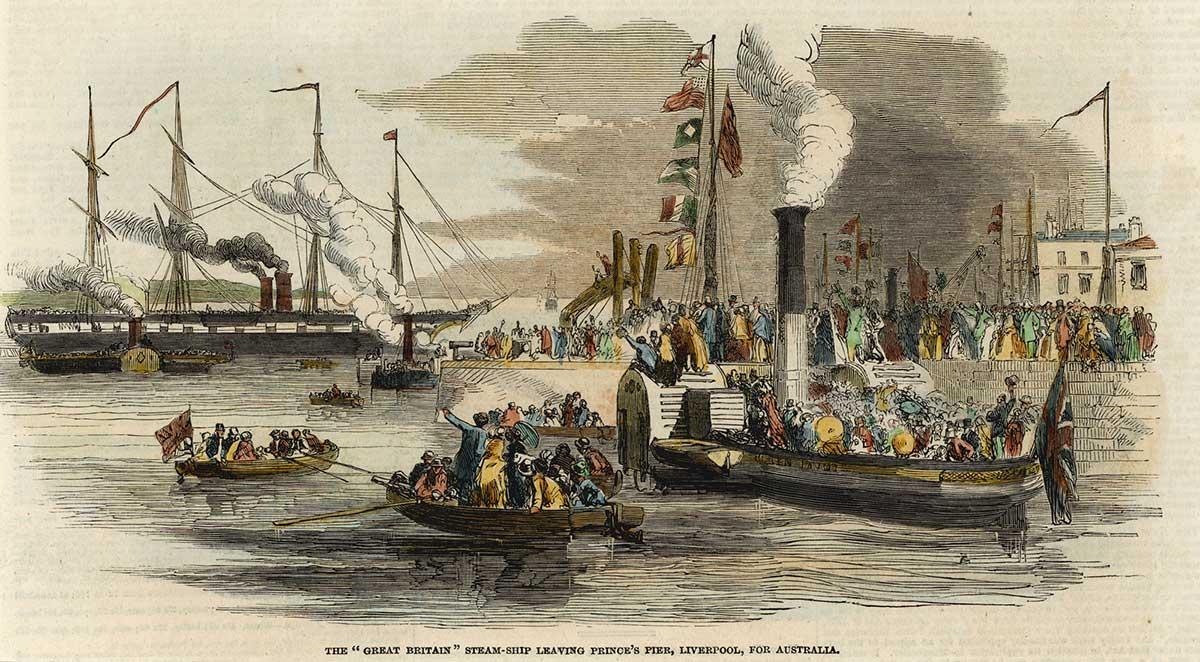Learning module:
Movement of peoples Defining Moments, 1750–1901
Investigation 1: Migration experience starting points
1.2 The migrant experience: The voyage
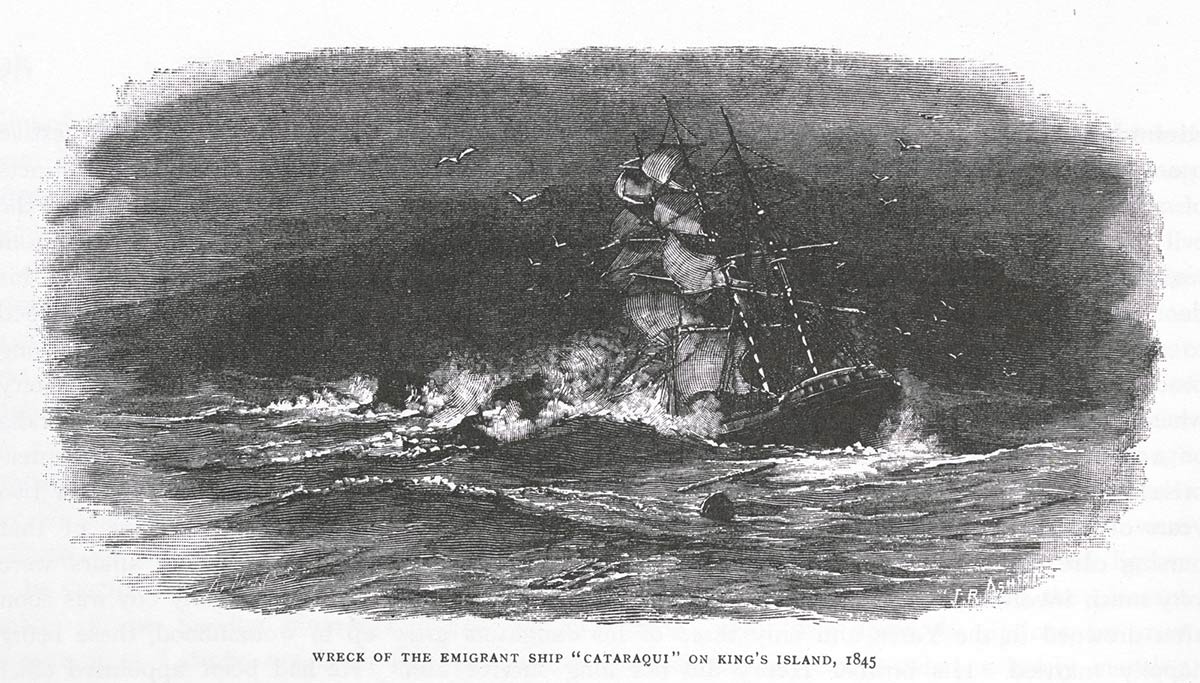
All migration to Australia during the 1800s was by ship. The voyage could take months.
Conditions aboard ship were generally cramped and uncomfortable, with most passengers having to share all aspects of their lives with hundreds of others.
There were also dangers: diseases spreading among the crowded passengers, the constant threat of fire aboard ship, terrible storms and shipwreck.
1. How many people were aboard the Cataraqui when it left Liverpool, England?
2. Why did this number change during the voyage?
3. Why was Bass Strait a popular route?
4. What problems and dangers did Bass Strait present?
5. What happened at 4.30 am on Monday 4 August 1845?
6. Do some further research to find out how typical this voyage experience was in the nineteenth century. Why do you think migrants continued to come to Australia despite these types of events?
7. How did the creation of a lighthouse at Cape Otway help reduce the number of wrecks?
8. What does this Defining Moment help you to understand about the migration experience of different groups?
9. Why was this Defining Moment so significant in Australian history?
10. If you were advising the National Museum of Australia on an object (primary source) that it could display to tell the story of this event, what would you suggest? (You can see what objects they actually have using the National Museum of Australia collections search)
Exploring further
As an extension to this activity, research an individual who was on a migrant ship and see what happened to him or her.






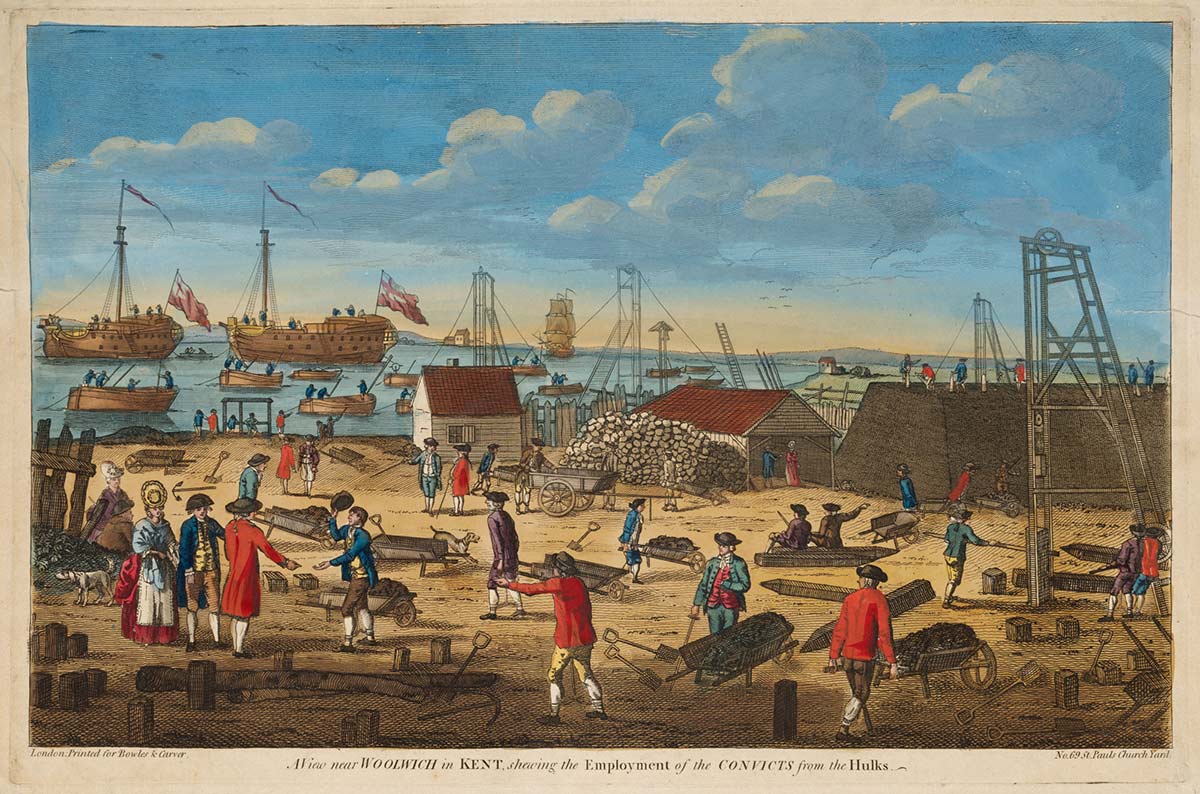
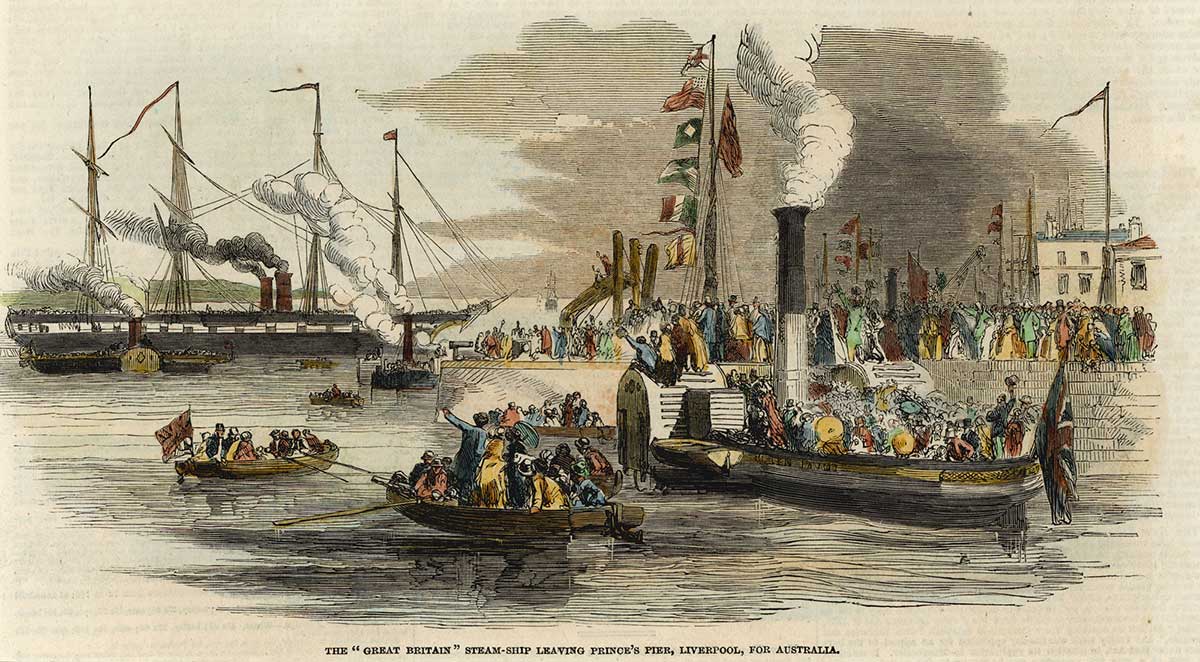
![Deep Sinking , Bakery Hill, Ballaarat [sic] 1853', by Samuel Thomas Gill](/sites/default/files/2020-07/Yr9_MovementPeoples_9.jpg?v=1)
